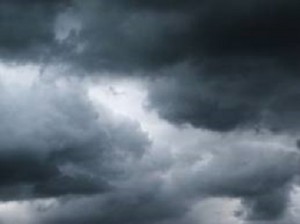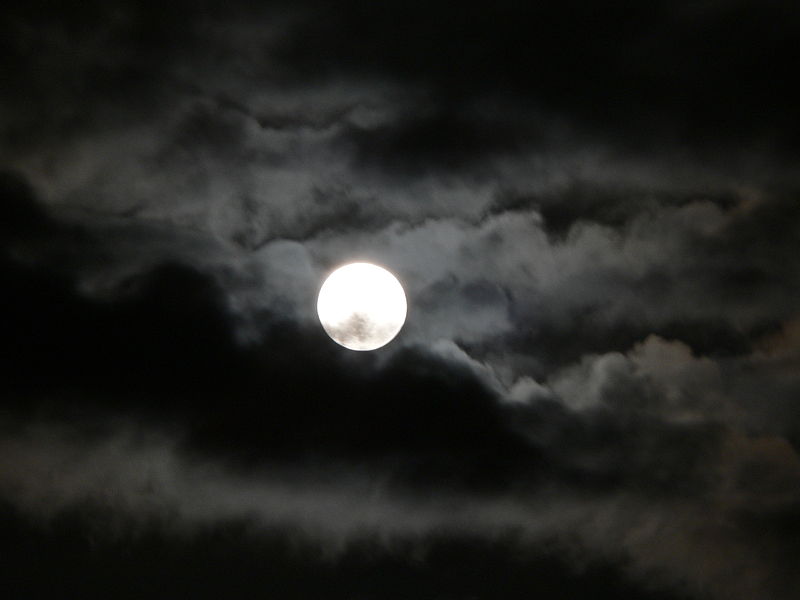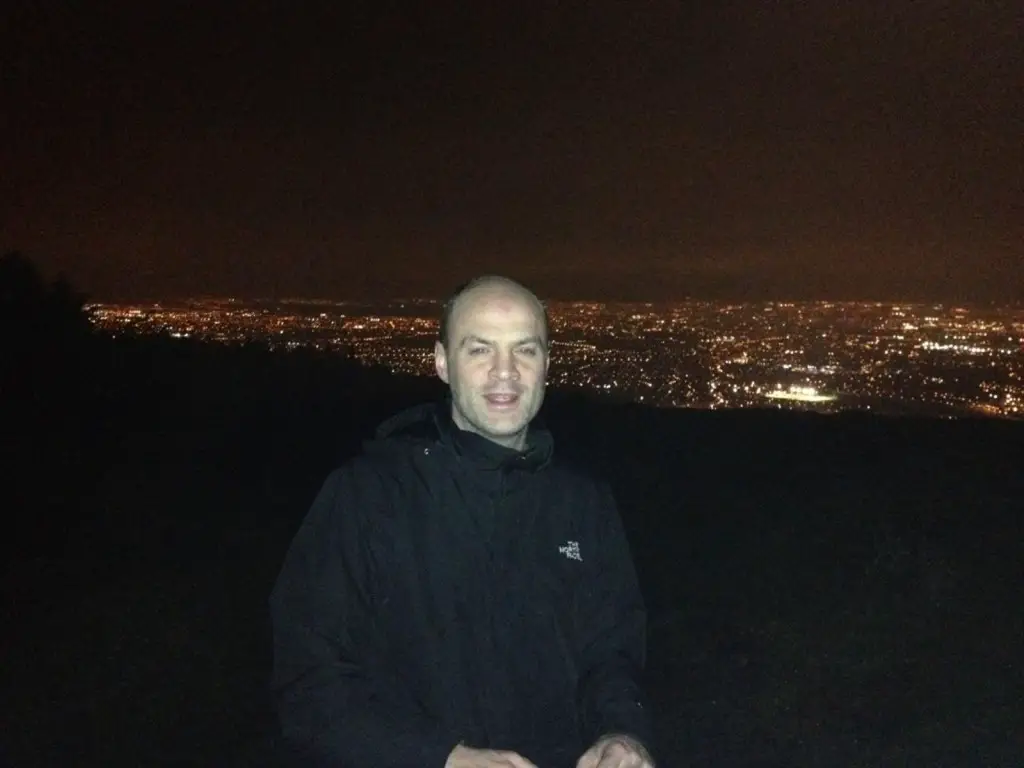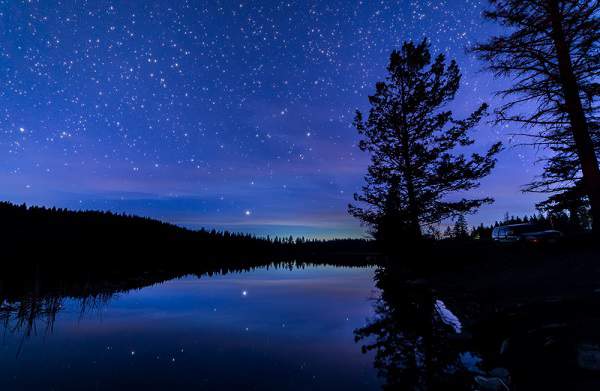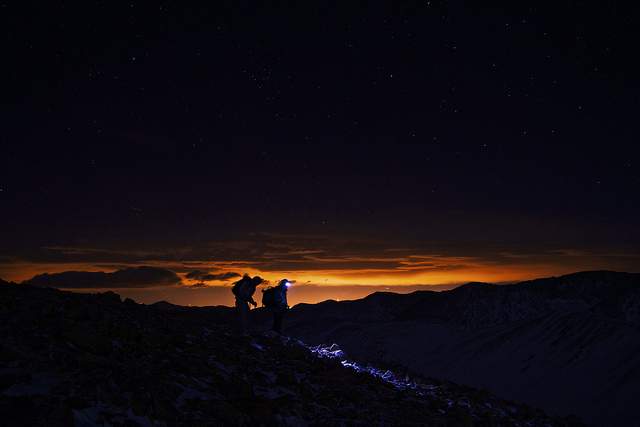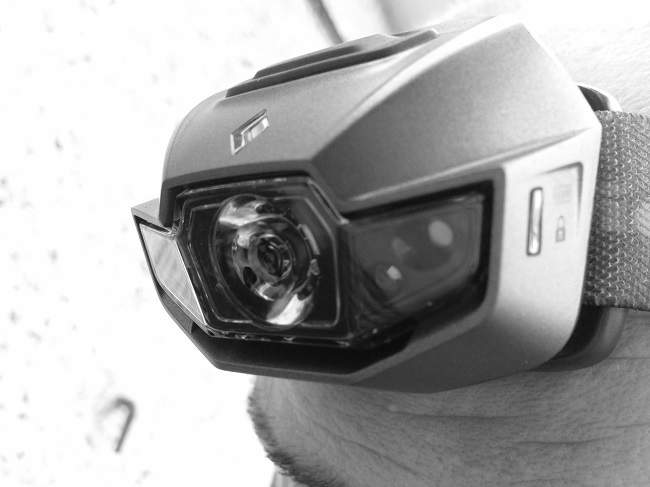Recently I was thinking of doing a few more in depth posts on the benefits of hiking. One of the first areas I wanted to look into was the spiritual aspect of hiking.
Now, I know that, that very word, spiritual, may make many people balk. If that is the case, then we could perhaps say psychological, but I don’t really consider the two things to be anywhere near the same thing. However, the main introductory point of context being that there are a lot of benefits for the body, mind and soul shall we say.
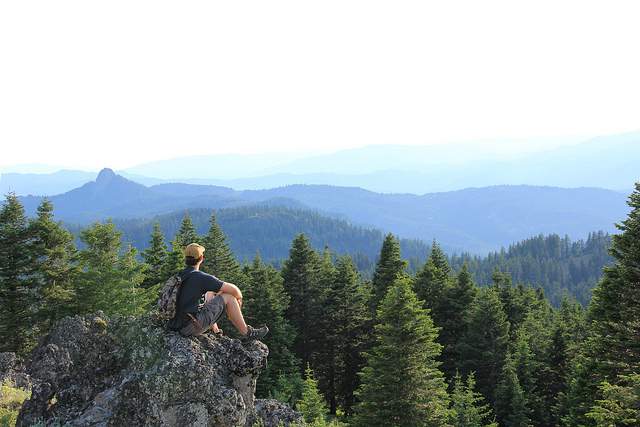
Photo Credit: Bureau of Land Management Oregon
Now, I do actually have an interest in formal meditation and I try to do it every day. Another thing I try and do quite often is to bring myself back into the present moment. That is, not to be lost in the maelstrom of thoughts about either the future or the past which is the standard mode of operation for most people, including myself I hasten to add.
I first came across this concept when I read The Power of Now by Eckhart Tolle. It had a huge impact on my life, my thinking and my general approach to life. Yes, it had that big of an impact on me and has done for many, many others.
It was a New York Times best seller for a very long time I believe and still is very popular many years after it was first written. The simple concept that I am not my thoughts and that I was never really present to my life, was pretty big when I first read it.
There are various names for this present moment awareness and there are various practices to help you be more present in your day-to-day life. One very common practice which you hear a lot these days, is Mindfulness.
What is Mindfulness?
Well, that is a very big question in many ways as the subject itself is really quite broad, from what I can see, and there are lots of differing strands to it. However, the core message is beautifully simple.
In short it is the practice of bringing present moment awareness to what you are doing. So, if you are eating your lunch, you bring your awareness to the act of eating your lunch as opposed to the normal juggernaut of random thought, about the past or the future, that normally passes through the human mind while you’re eating.
I just looked up Wikipedia there and got the following definition for Mindfulness:
The intentional, accepting and non-judgemental focus of one’s attention on the emotions, thoughts and sensations occurring in the present moment
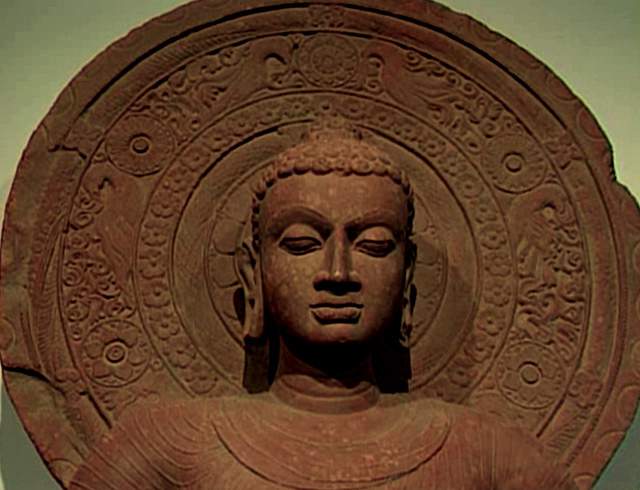
Photo Credit: Wonderlane
It originated, to the best of my knowledge, from the Eastern spiritual traditions and I believe it originally stems from Buddhism. It is very popular today and it is not uncommon to find it actively encouraged by big corporate companies, as the health benefits of mindfulness practices are well documented in many scientific studies from places like Harvard and so on.
In practical terms, Mindfulness practices are accepted as a complimentary treatment to stress, anxiety and a whole host of other problems people in the modern world regularly experience.
The core context is that we are all running around like hamsters on a hamster wheel or rats in a rat race, and we are so busy with our lives and the resulting thoughts on our lives, which broadly consists of either regret / happy reflection on the past or fear / anticipation for the future, that we never actually spend our time, in terms of head space and so on, in the present moment. That is, what is happening right here, right now.
The bizarrely ironic thing about that is that we only ever experience life in, you guessed it, the present moment. So, in effect we are practically absent for the vast majority of our waking days, a prisoner to thoughts about past and future. Now that may sound a bit crazy when you first read it, but reflect on it a bit and judge for yourself, it becomes quite apparent pretty quickly.
An Experiment
Take five minutes now and do a simple test I came across once from a chap called Gary Weber.
Take a pen or pencil and a piece of paper. Now, think of something. It can be anything. Now hold that thought steady in your mind and draw a short straight line at the top of the page.
The goal is to keep your attention on that original thought for as long as you can. As long as you hold that original thought, extend the line out in a straight line on the page every so often, say every 10 or 20 seconds, in the same direction.
As soon as you are aware of your thoughts changing away from your original thought, change the direction of the line and draw it in a different direction. Return to your original thought if you remember to and repeat. Keep doing this for 5 minutes. You will most likely end up with something like the image below.

What does that indicate? Well, as you can see the line is somewhat, well, random and directionless. You most likely couldn’t remain focused on the original thought for very long and so you moved onto the next random one.
To elaborate in another example in real relative terms …
You start by focusing on your partners face; then the thought occurs to you that it’s their birthday soon; then you start to think that you will need to organize a birthday party; I’ll need a cake for that; cake sounds nice; I’m kind of hungry now … would like some cake; I knew I should have ate more for breakfast then I wouldn’t be eating cake now; cake puts weight on and I shouldn’t do that as I need to lose weight; I used to be overweight and I didn’t like that; maybe I’ll go for a run later to make up for it … etc. etc.
As you can see, the above train of thought isn’t so crazy and most people can identify with the flow of it. So, as with the line you drew, you can take it that the general stream of your thoughts can also be pretty random and directionless, shifting from one thing to another, and then another, and so on.
On top of that, you can then also have very negative or heavy thoughts going on at the same time. What does that lead to? Well, in short, it can easily put stress and anxiety on you. As you sit there ruminating over what may or may not happen tomorrow or what should or shouldn’t have happened yesterday. As you can see, there is a lot in this when you start to look into it.
So, Where does Hiking Come in to Play Here?
Well, just last weekend, I was out hiking in the beautiful Magillicuddy Reeks in the South West of Ireland. They’re a beautiful range and we had a great day out in the mountains although the weather was a bit wild and wet.
Later that night, after we had dinner, there were 7 of us, we all got to the bar to have a drink and relax before calling it a night. The conversation moved along as the evening progressed. We got to talking about the health benefits of hiking and why we all love it. One of my hiking friends is a doctor and he said that these days he hears loads about mindfulness all the time.
Now, as a doctor, he is more in the world of science than anything spiritual but he went on to explain the basic concept as outlined above and that, that is exactly what hiking does for him. For example, on Saturday we were scrambling up over some very big rocks and hiking over some tough terrain in very wet and windy conditions. A bad slip some place and you could really do yourself damage.
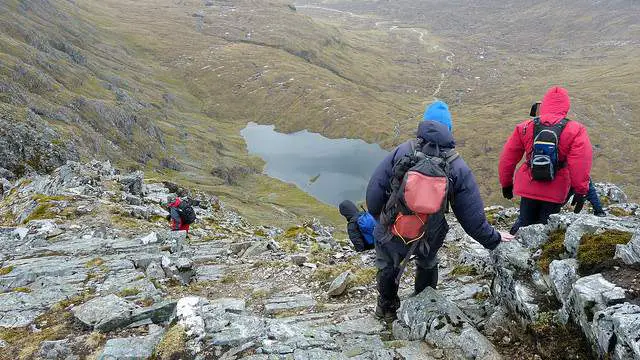
Photo Credit: Andrew
So, what do you have to do when you’re hiking in terrain like that? Focus. There is no option but to concentrate on what you are doing. An extension of that is that you are then totally in the moment doing what you’re doing. He went on to say that he finds it a total release from his pretty stressful job as it really enables him to totally tune out from his working week.
Another hiking friend agreed with him and said that he believes hiking to be one of the most therapeutic things you can do. It covers all aspects with regards to a good healthy pursuit offering numerous health benefits.
You have physical exercise, wide open spaces that only help you connect with nature, lot’s of fresh air, plenty of focus when you’re hiking at times, and time to reflect when you’re at rest having a break looking out at a stunning mountain vista.
It’s hard to argue with that. It can only be really healthy for someone in general, never mind just in terms of mindfulness and present moment awareness.
Also, the fact that you’re getting used to doing that on the hills means that you’re, at some level, training your mind to focus, so that same level of attention and presence should be more available to you in normal day to day circumstances. You’re working the mindful muscle so to speak.
A Perfect Vehicle
So, I think hiking is a perfect vehicle to help bring more present moment awareness / mindfulness into your day-to-day life. When you get more and more into hiking you usually start taking on some bigger challenges. Some of the terrain and physical effort involved demands that you truly remain focused on what you’re doing in the present moment.
On top of that, some of the stunning scenery you get to enjoy brings you to a place that I can only describe as spiritual. That connection with nature is totally unique and practically impossible to put into words and still do it full justice.
If you’re an experienced hiker you may have already reaped many benefits from this without ever realizing that you were doing it. Doesn’t matter either way of course.
If you’re just new to hiking, you have this marvelous benefit to look forward to. Once it starts taking hold on the trail, it will start showing up in your life pretty much by default I think. Again, you may not even notice it but that’s totally fine.
Conclusion
I think for me, I really think hiking can be a great vehicle to help practice living in the now, and being mindful of the beauty and good things that are right in front of me, right now.
The fact you kind of have to do it on the trail in places, means that you get to be able to practice that skill, to get to utilize it in normal day-to-day life. You don’t even have to be conscious of it, it will just happen. In fact, any effort, could well totally defeat the purpose. Now, how cool is that? 🙂
What do you think? Do you think hiking can be a mindfulness practice? Does it help slow down your thoughts, ease stress, anxiety and stinking thinking? I’d love to hear what you think in the comments below.
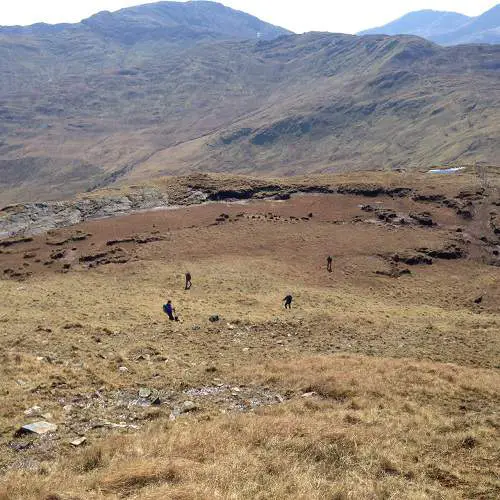
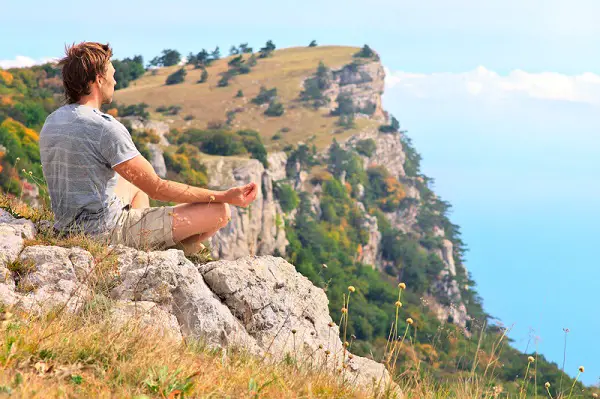
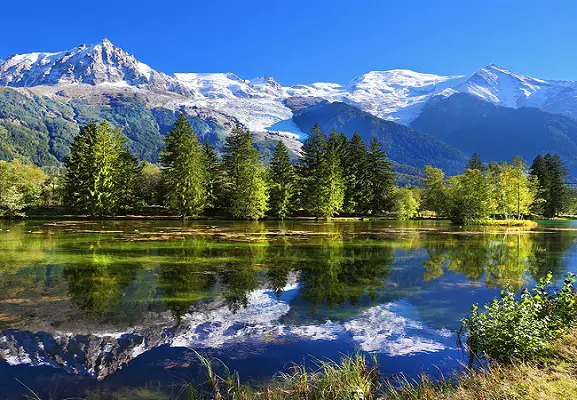
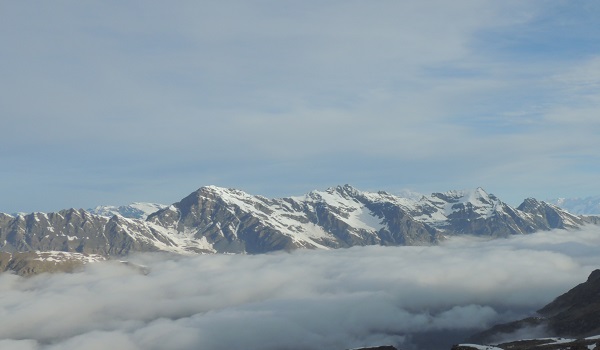
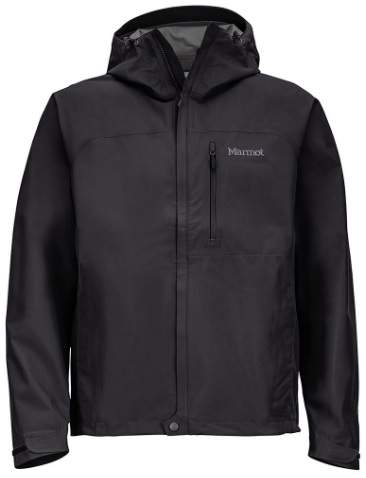
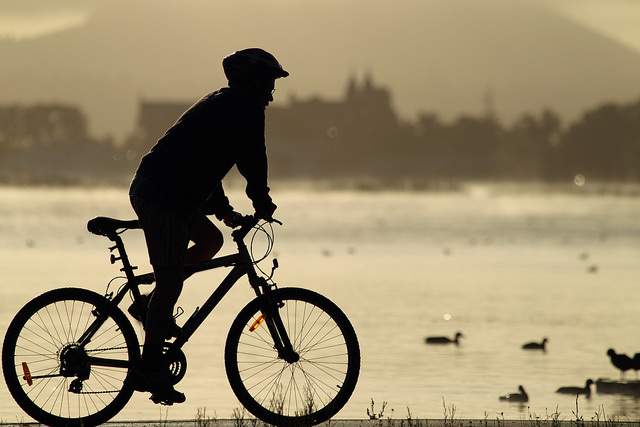
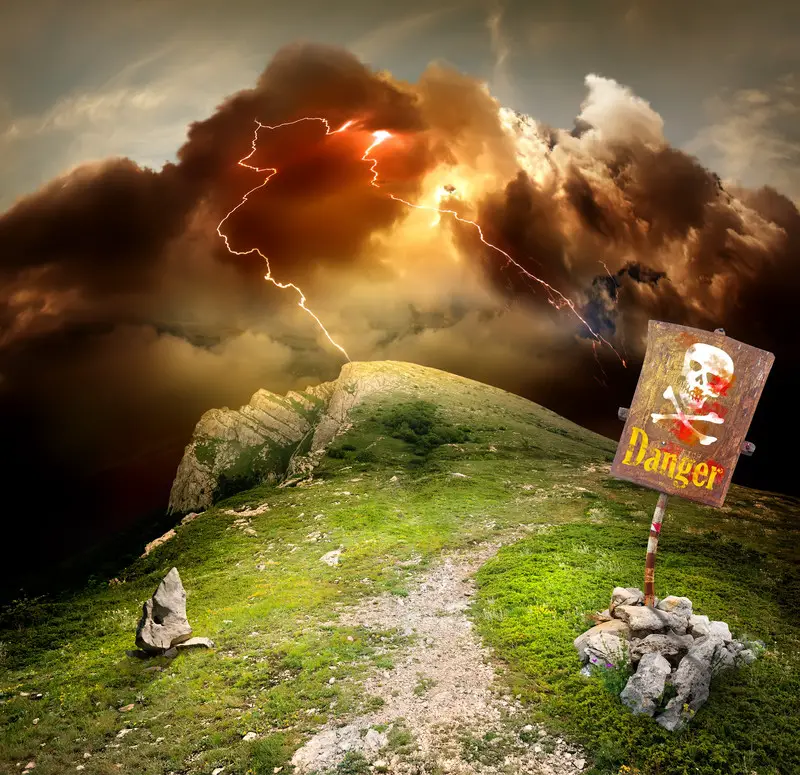
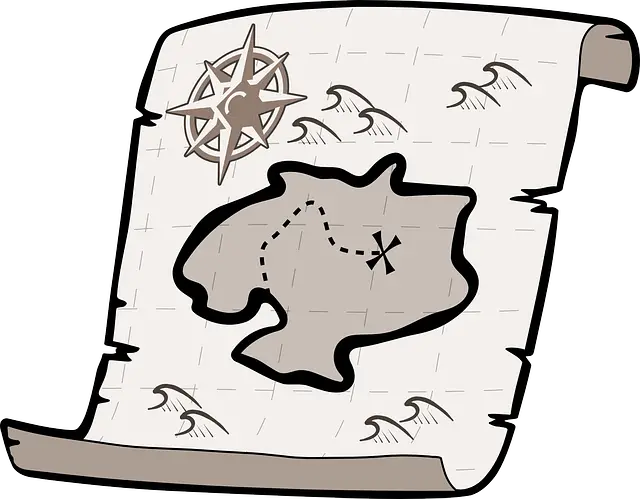
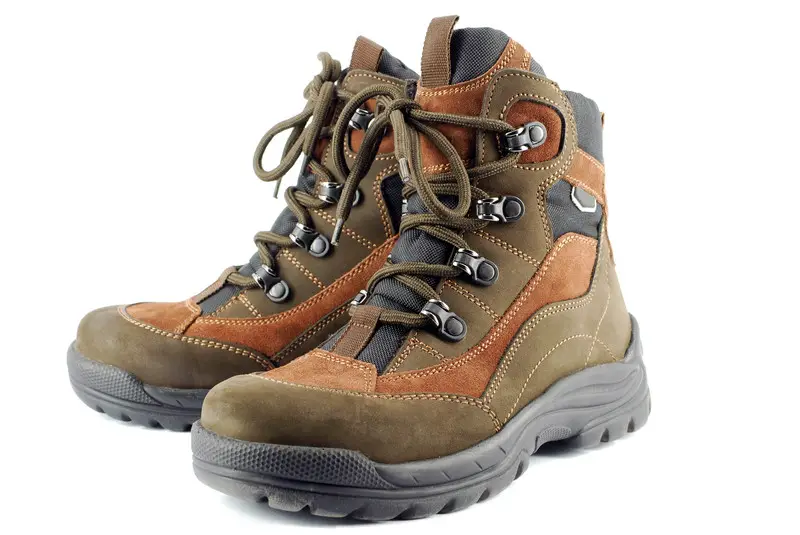 In our group today, one person, pretty new to the
In our group today, one person, pretty new to the 